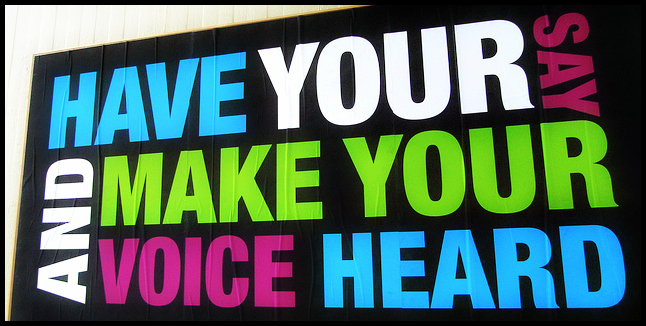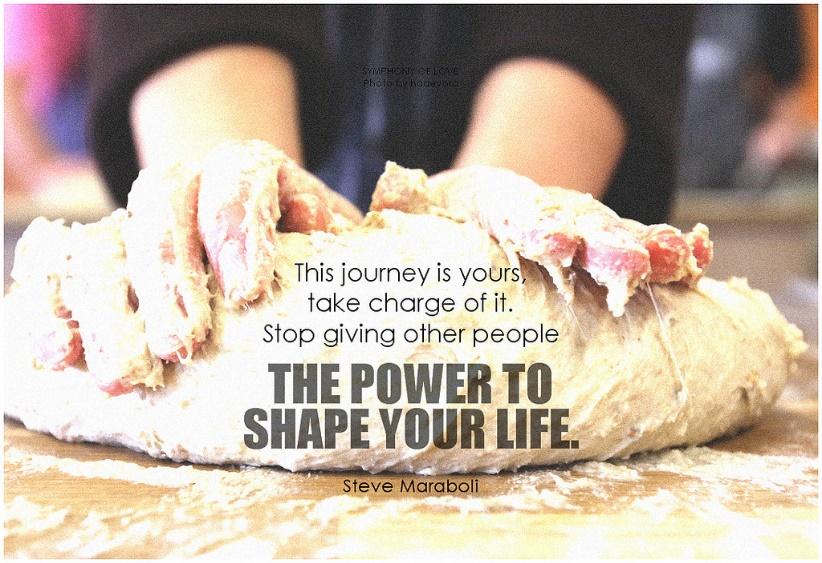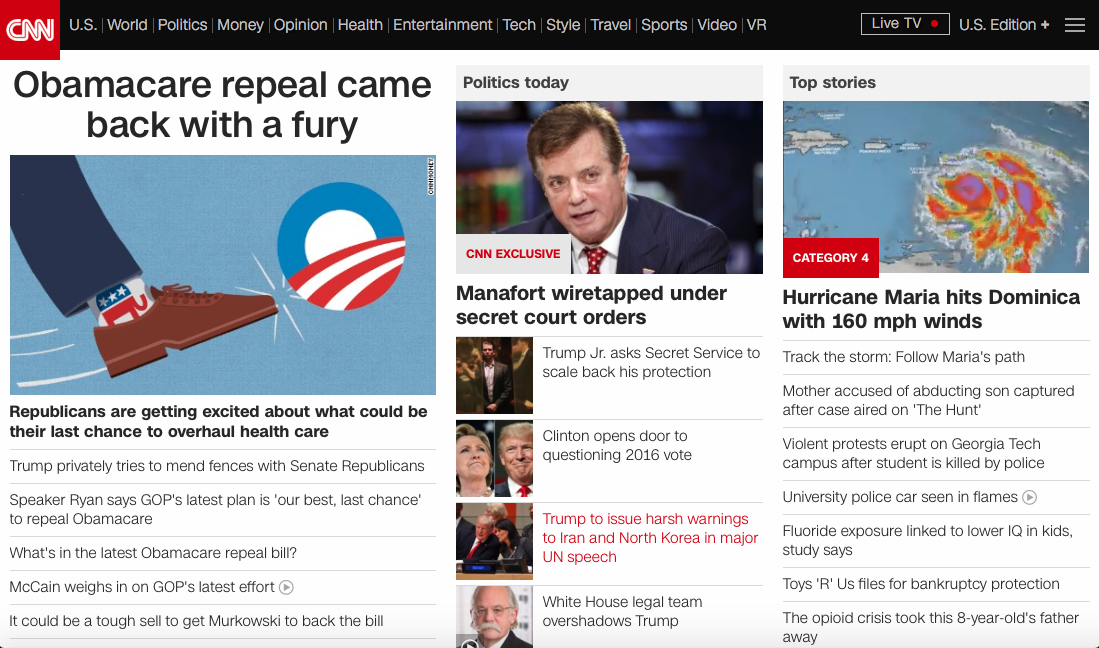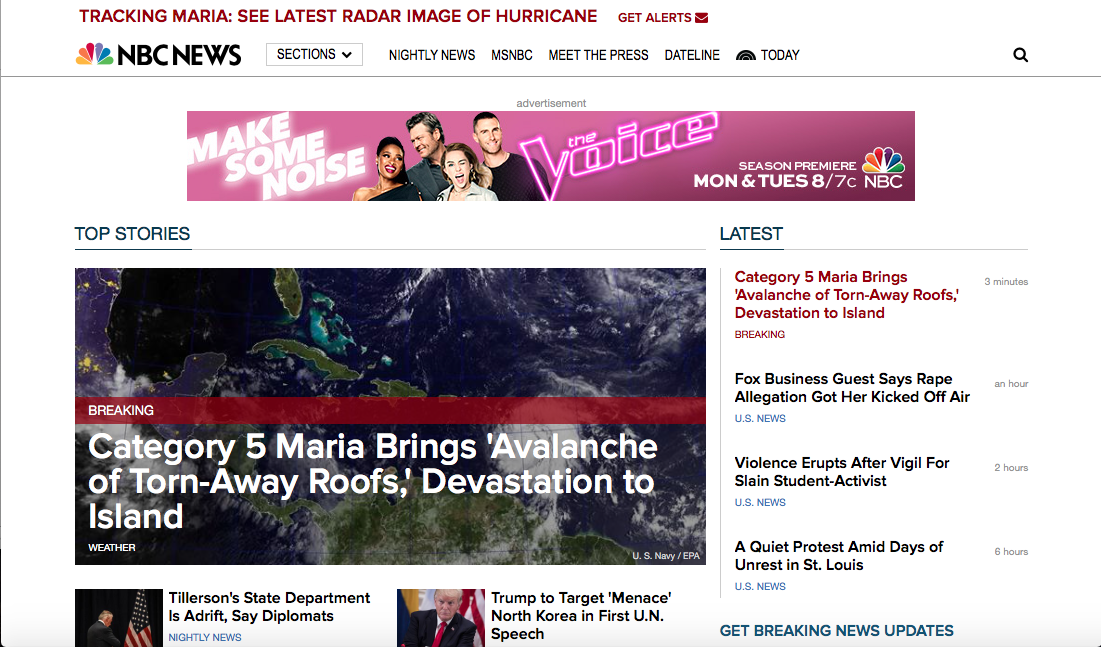Social media is invaluable to organizations these days. Posting on Instagram and Facebook are ways to reach audiences of all ages. People are frequently visiting social media platforms on their phones and this gives organizations an opportunity to advertise. It is an excellent opportunity for organizations to stay relevant to their publics. Constantly posting updates, information and photos is a way to reinforce your presence.
Here are a few steps to a great social media feed:
Step 1: Be entertaining but not over the top.
Step 2: Inspire your audience to talk, engage and converse.
Step 3: Provide your audience with information that is useful to them.
How to accomplish those tasks:
- Choose a theme and stick with it. Many companies center their content around certain colors or styles of posts. Try to keep your photo quality, colors, styles and content consistent. This allows followers to recognize your brand easily.
- Use relevant hashtags to make your content discoverable.
- #MotivationMondays #MeetmeMonday
- #TransformationTuesday #TipTuesday
- #WisdomWednesday #WellnessWednesday
- #ThrowbackThursday #ThankfulThursday
- #FridayFunday #FeelGoodFriday #FlashbackFriday
- #SaturdayShenanigans #ShoutoutSaturday
- #SundayFunday #SelfieSunday
Use day-of-the-week hashtags because it gives the company a reason or excuse to post a photo. This draws attention to your company or your cause.
- Show followers behind-the-scenes footage of the company work atmosphere. This allows followers to feel as though they are close to the company because they get an inside scoop.
- Keep captions short. Posting interactive captions will engage the audience and get them involved, getting them to feel like they know the company. This can bring people into the cause. Keeping captions short also makes it easier for people to read the whole thing.
- Post highly visual images. Highly visual photos gain the most traction. Look for photos that are appealing to look and attention grabbing. These types of photos encourage viewers to stop scrolling and check out your posts.

- Engage with followers by liking, commenting and responding! This benefits both followers and the company because it is a way to partner and get the brand or name out there, thus expanding the audience.
- Avoid:
- Trendy Slang (Bae, On fleek): Trendy slang is unprofessional and makes it appear like you are trying too hard to be cool. Additionally, not everyone will know what it means, ultimately minimizing your reach.
- Posting too often. Aim to post two to three times a week. Posting too often can cause users to grow weary of the overflow of content.
Written by Christa Boyton



























